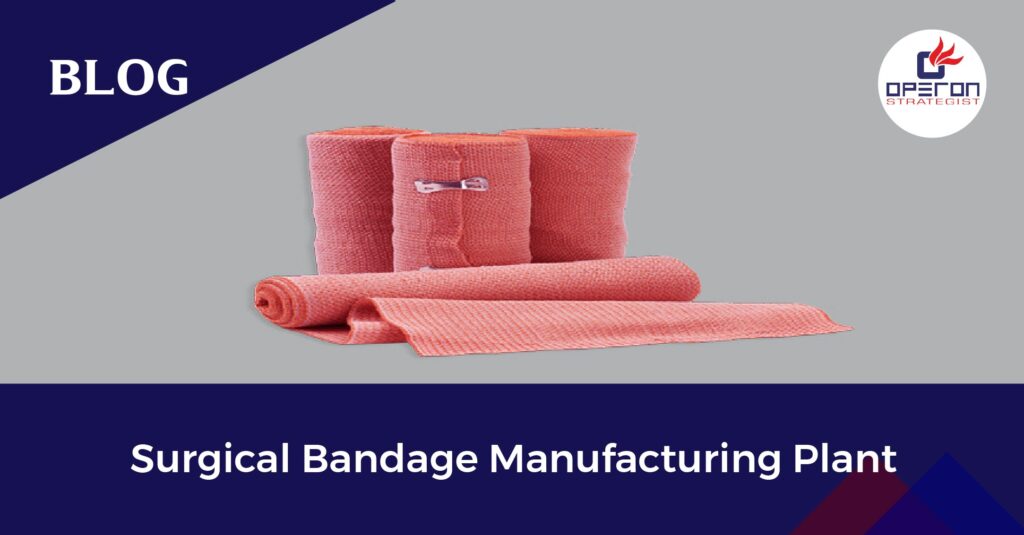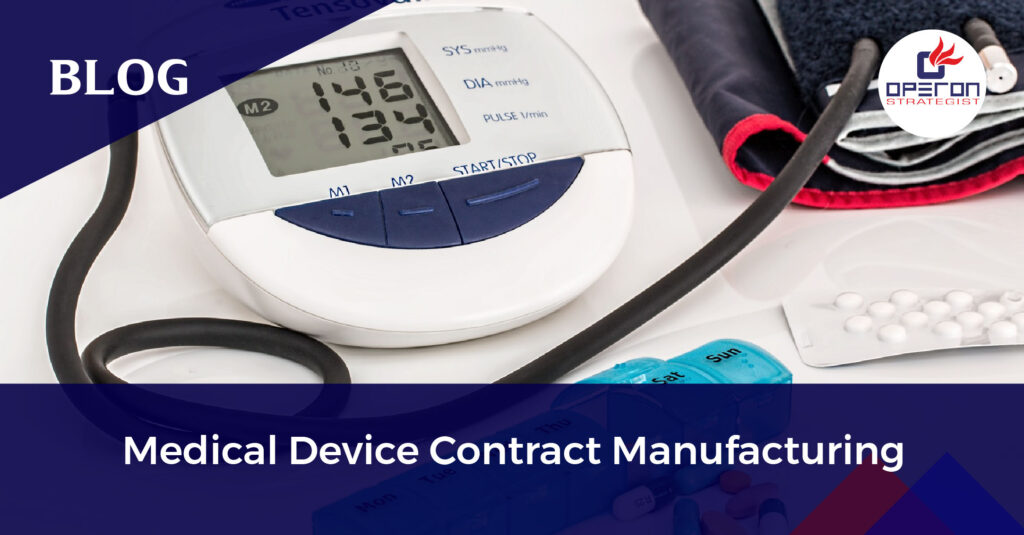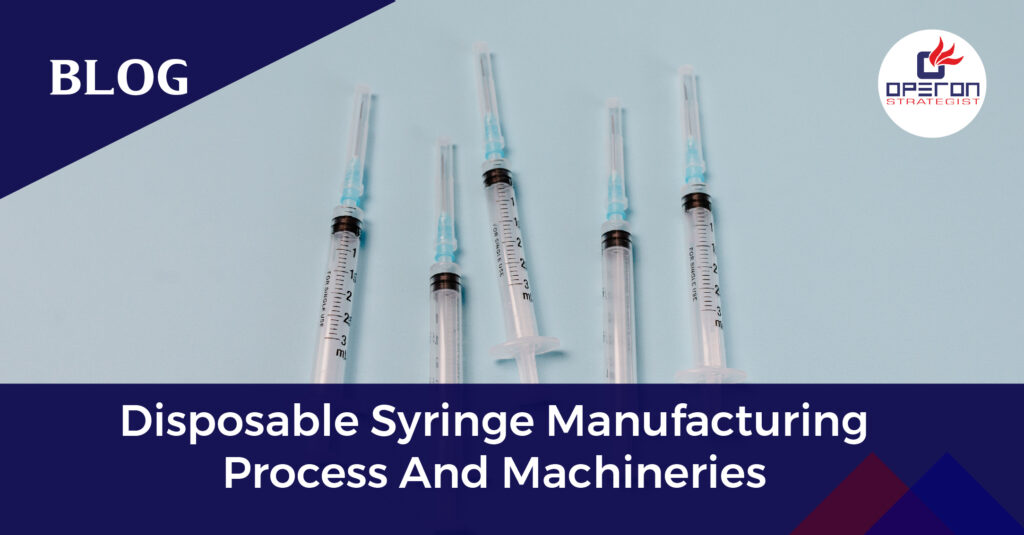Why Surgical Bandage Manufacturing Matters
The global healthcare industry relies heavily on surgical bandages for routine treatments and critical care. From dressing wounds to supporting fractures and post-surgical protection, bandages remain one of the most consumed medical supplies.
The growing healthcare infrastructure across India, Middle East, Africa, and South Asia has created a constant, year-round demand. Manufacturers entering this field benefit from:
- High consumption across hospitals and clinics
- Easy manufacturing setup
- Low raw material cost
- Strong export opportunities
- Government procurement tenders
Recommended Reading: Surgical instruments manufacturing
Looking for Surgical Bandage Manufacturing Consultation?
Let’s have a word about your project
Market Demand for Surgical Bandages
The market for surgical bandages continues to grow due to:
- Increasing surgical procedures and trauma cases
- Rising chronic wound conditions like diabetic ulcers
- Growing hospital and nursing home infrastructure
- Consistent government and private sector demand
- Expanding export opportunities to Africa, Middle East, and Asia
Overall, surgical bandage manufacturing is a stable, recession-proof business with strong domestic and global potential.
Regulatory License for Surgical Bandage Manufacturing
To manufacture surgical bandages in India, a CDSCO Manufacturing License is mandatory.
- Regulatory Authority: Central Drugs Standard Control Organization (CDSCO) Registration
- Device Classification: Surgical bandages are generally considered Class A (low-risk) devices.
Read more about CDSCO Medical Device Classification. - Requirements for License Approval:
- Cleanroom facilities
- Standardized plant layout
- Sterile packaging compliance
- Quality Management System (ISO 13485 recommended)
- Documentation under Good Manufacturing Practices (GMP)
Operon Strategist helps manufacturers obtain CDSCO manufacturing licenses and expand globally with certifications like FDA 510(k), CE Marking, and ISO 13485.
Types of Surgical Bandages
Depending on application, the industry produces multiple types of bandages:
- Gauze Bandage: Highly absorbent woven cotton
- Adhesive Bandage: Small plasters for minor cuts
- Compression Bandage: Used to control swelling
- Triangular Bandage: Multi-purpose first-aid support
- Tube Bandage: Circular knitted design for limbs
- Liquid Bandage: Polymer-based skin protection
Each type has a different production technique and material requirement. If you’re unsure which type suits your business plan, Operon Strategist can help build a tailored product strategy.
Raw Materials Used in Surgical Bandage Manufacturing
The main raw materials include:
- Bleached cotton gauze cloth
- Absorbent cotton wool
- Medical-grade adhesives
- Sterile packaging materials
- Wrapping paper, poly pouches & medical-grade films
- Sterilization indicators
Quality of raw materials directly affects absorbency, sterilization compatibility, and final product safety.
Step-by-Step Surgical Bandage Manufacturing Process
Below is an industry-standard manufacturing workflow:
Step 1: Raw Material Preparation
Cotton gauze cloth is inspected, cleaned, and bleached to achieve medical-grade purity. Proper cleaning ensures high absorbency and prevents contamination. Each batch undergoes QC checks for fiber strength and whiteness.
Step 2: Weaving and Processing
High-speed looms weave the gauze material into the required mesh size. Mesh consistency is important for wound protection, breathability, and fluid absorption.
Step 3: Cutting & Rolling
The woven cloth is cut into specific widths and lengths using automatic cutting machines. Precision cutting ensures uniformity across batches. The cloth is then rolled tightly to create standard bandage rolls.
Step 4: Sterilization
Depending on the type of bandage, sterilization is done through:
- ETO (Ethylene Oxide) sterilization
- Gamma irradiation
- Steam autoclaving
- Sterilization ensures the bandage remains safe for direct patient contact.
Step 5: Packaging
Bandages are packed in sterile, airtight packs using automatic packing machines. Packaging must be durable, non-toxic, and compliant with medical device packaging standards.
Step 6: Quality Control
Every batch is tested for:
- Absorbency rate
- Tensile strength
- Mesh size
- Biocompatibility
- Sterility
- Elasticity (for compression bandages)
Detailed batch manufacturing records (BMR) and QC documentation are maintained as per ISO 13485.
Bandages to Business: Let's Kickstart Your Surgical Bandage Manufacturing Plant!
Role of Operon Strategist in Surgical Bandage Manufacturing
Operon Strategist provides turnkey consulting support for entrepreneurs, startups, and established manufacturers.
Our Key Services
- CDSCO Manufacturing License assistance
- Plant layout & cleanroom design
- Machinery selection & installation
- ISO 13485 documentation & implementation
- CE Marking & FDA 510(k) regulatory support
- WHO-GMP & international certification guidance
- Raw material sourcing & supply chain support
- Turnkey plant setup & expansion consulting
With years of experience, we help clients build world-class, compliant, and highly profitable surgical bandage manufacturing plants.
Surgical Bandage Manufacturing- Access Free PDF Now
FAQs
Can I start a bandage manufacturing plant on a small scale?
Yes, the business can be started with moderate capital investment while maintaining compliance.
Is ISO 13485 certification necessary?
Yes, ISO 13485 ensures international quality compliance and helps expand into global markets.
How does Operon Strategist help manufacturers?
We provide turnkey solutions — from plant design to licensing and global regulatory compliance.
- Operon Strategisthttps://operonstrategist.com/author/operon-strategist/
- Operon Strategisthttps://operonstrategist.com/author/operon-strategist/
- Operon Strategisthttps://operonstrategist.com/author/operon-strategist/
- Operon Strategisthttps://operonstrategist.com/author/operon-strategist/





